The Banana Pancake trail is surely the world’s most legendary backpacking route. With major stops throughout Southeast Asia, it’s easy to navigate, safe, and typically very affordable — along with being adventurous and home to so many spectacular sights.
I have travelled 100% of what is typically considered part of the Banana Pancake Trail. It’s a feat that took almost a year. I can tell you that once you’re on the trail, the possibilities will feel almost limitless!
But… if you have at least 2 or 3 months, you can do a good chunk of the Banana Pancake trail and come home with some unforgettable memories.
Expect to be swimming in crystal-clear waters, riding on crazy tuk-tuks, spotting wildlife in the jungles, and visiting breathtaking ancient temples. It’s also easy to meet other backpackers, making it perfect if you’re solo or travelling for the first time.
Some Southeast Asia highlights to get you in the mood:
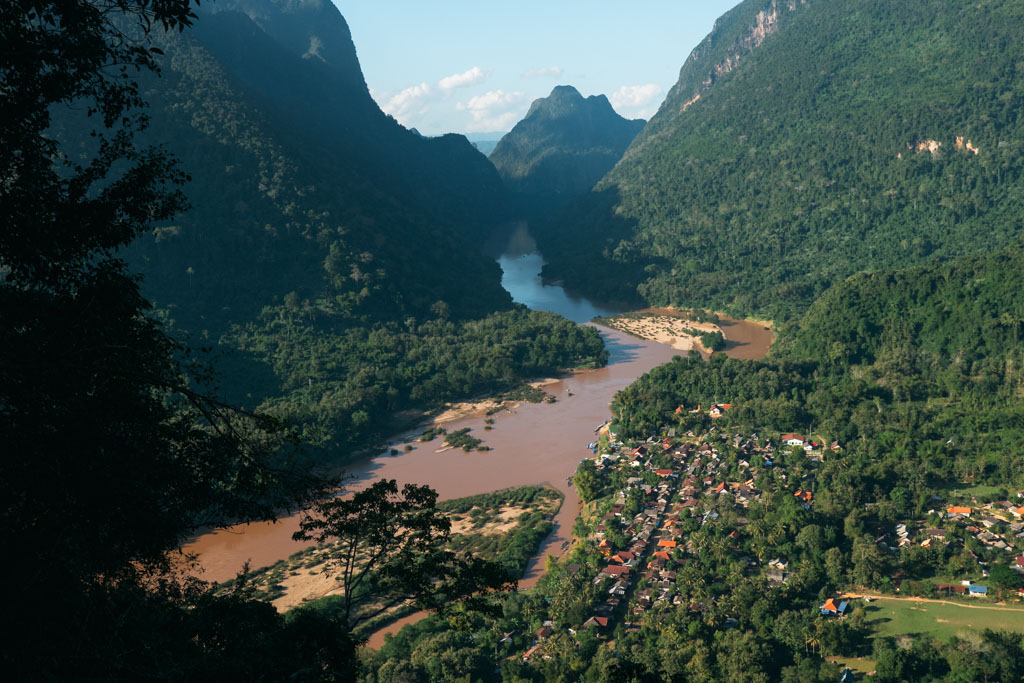
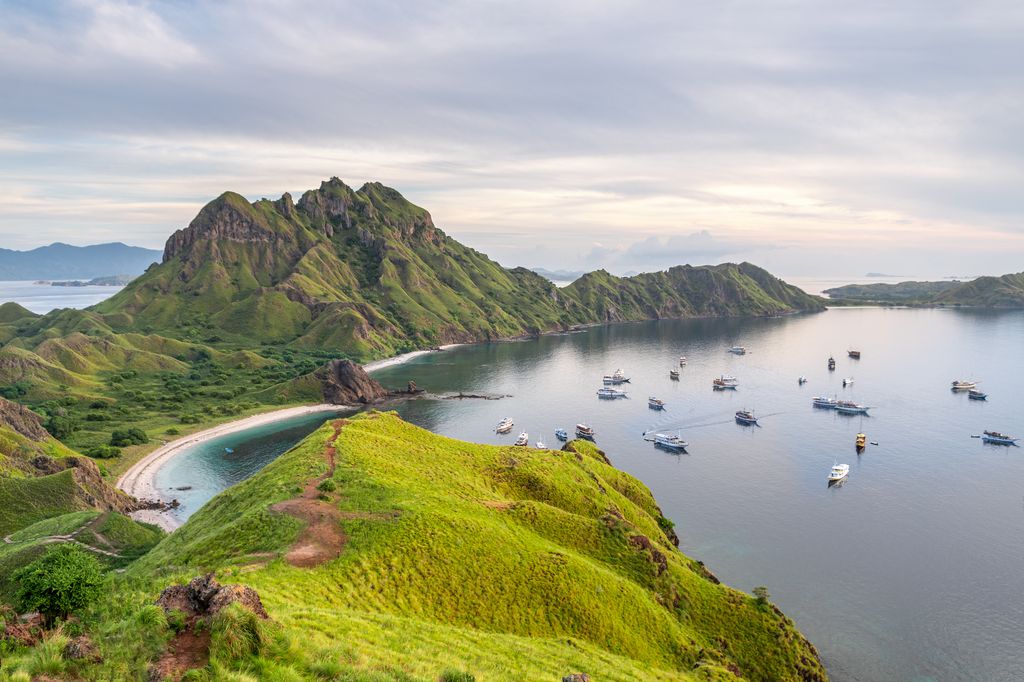
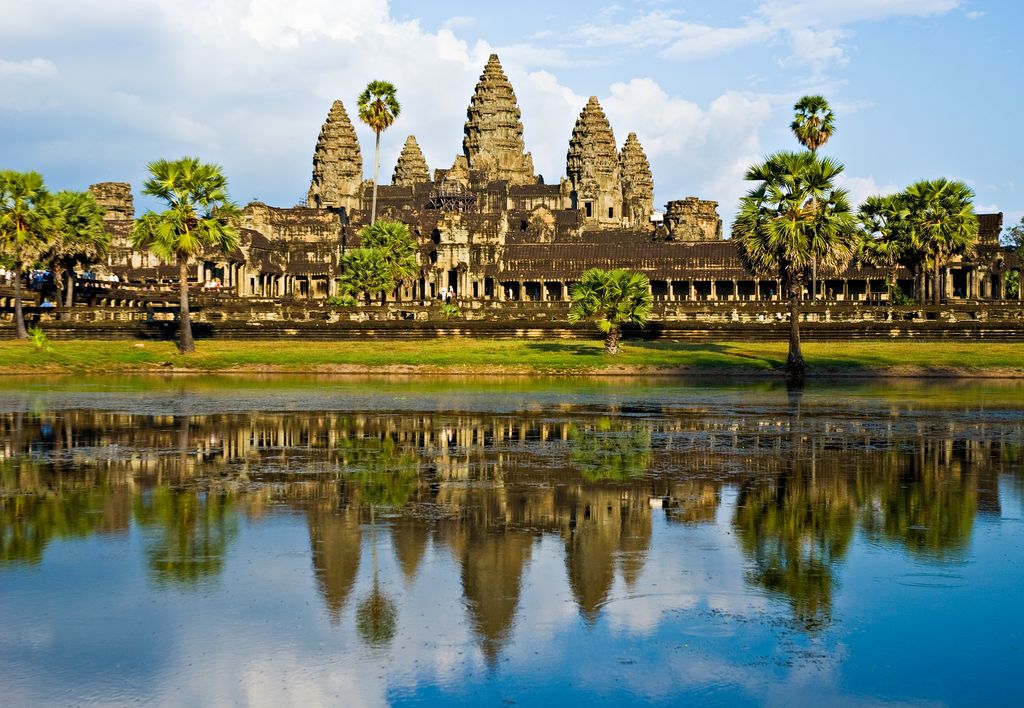
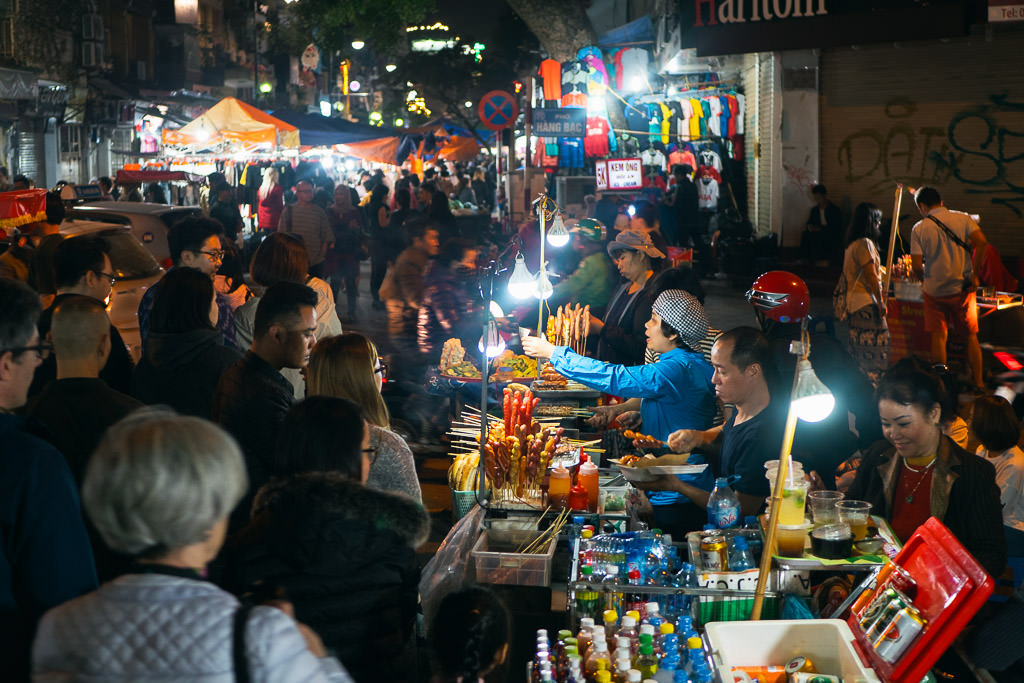
Wait, why is it called that?
First up, the question probably on most of your minds is why is a backpacking route named after a sweet treat?
I know, it’s a bit strange!
Well… the Banana Pancake Trail was named decades ago when guesthouses started selling banana pancakes to pioneering hippie travellers as an alternative to the typical rice-based breakfast. The name then kind of just stuck. If banana pancakes were on sale, you’d know other travellers had come before.
You will still find sweet banana pancakes all over the route in Southeast Asia, from homestays and hostels offering free breakfast to local street food vendors offering tasty treats often for less than $1.
For lots of extra tips, don’t miss my in-depth video!
Countries on the trail
The Banana Pancake Trail is located in the Southeast Asia region and covers several different countries.
Keep in mind it’s not really an “official” trail. It’s just a name for a loose collection of travel destinations that are easily chained together into one big route. While most people travel roughly the same way, the route is entirely open to interpretation.
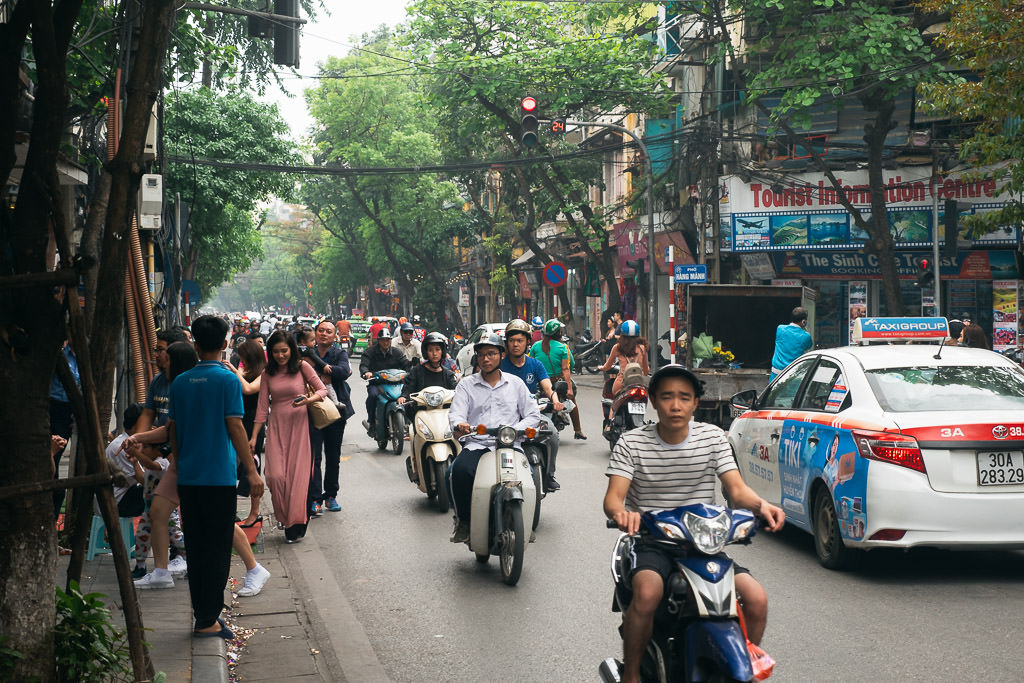
The most famous section of the Banana Pancake Trail runs through the four countries of Thailand, Laos, Vietnam, and Cambodia. Many travellers would argue this was the original route. This is still the best route if you want to travel entirely overland without flying and enjoy some of the lowest travel costs.
As the backpacking scene has expanded over the years, the trail has grown and expanded to other areas. This includes destinations in The Philippines, Indonesia, Malaysia and Myanmar (though the latter is now embroiled in an internal conflict, so it’s no longer visited much).
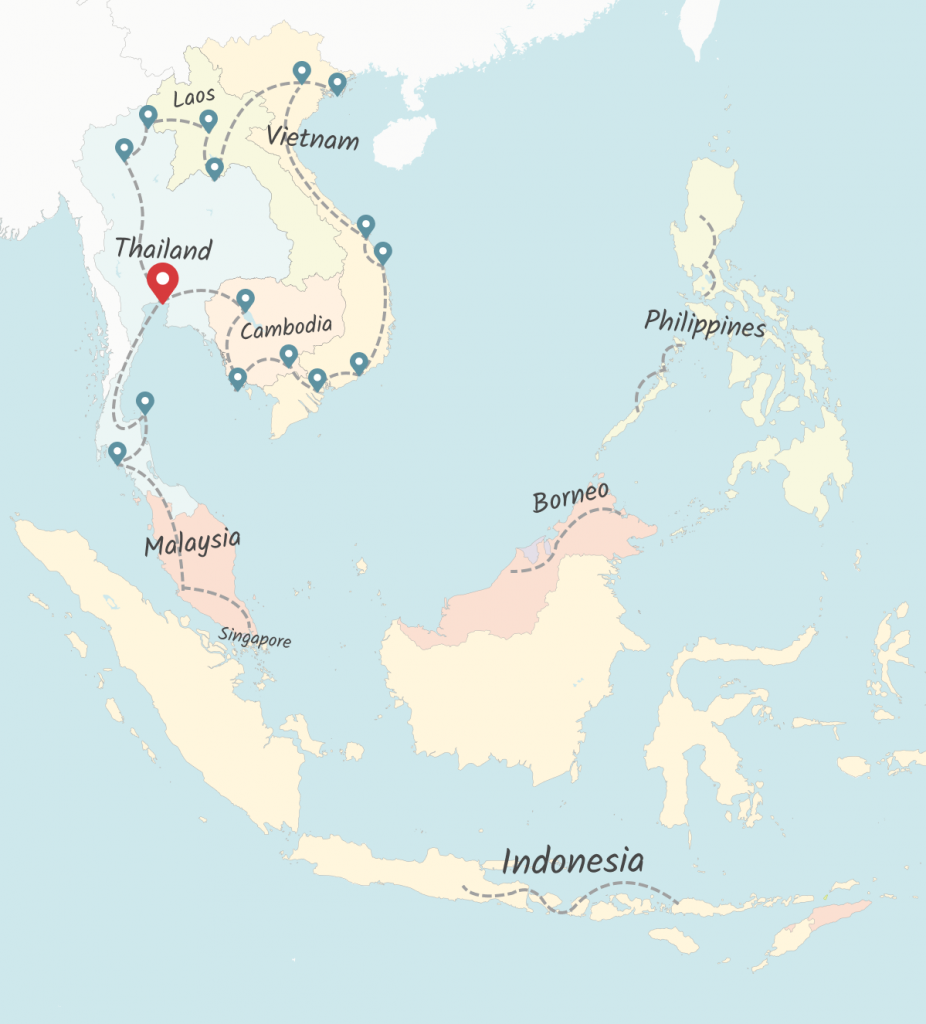
What to expect
Although each country in Southeast Asia can present certain challenges, the Banana Pancake trail is generally beginner-friendly thanks to high safety levels and good tourism infrastructure.
That’s one reason why the backpacker scene in Southeast Asia tends to skew a bit longer than, say, along the Gringo Trail in South America. It’s often recommended as the ideal first backpacking trip outside of Europe/Australia.
When I first backpacked the Banana Pancake trail, most travellers seemed to be in their 20s, with somewhat fewer in their 30s and up. The hostel scene in Thailand and Bali skewed youngest (typically at least) as these are common starting points.
But whatever your age, you can find like-minded and similarly aged travellers anywhere in Southeast Asia.
As I travelled again in Southeast Asia in later years, I kept meeting travellers who were also a bit older (as I was at this point), perhaps because we sought out the same kind of experiences.
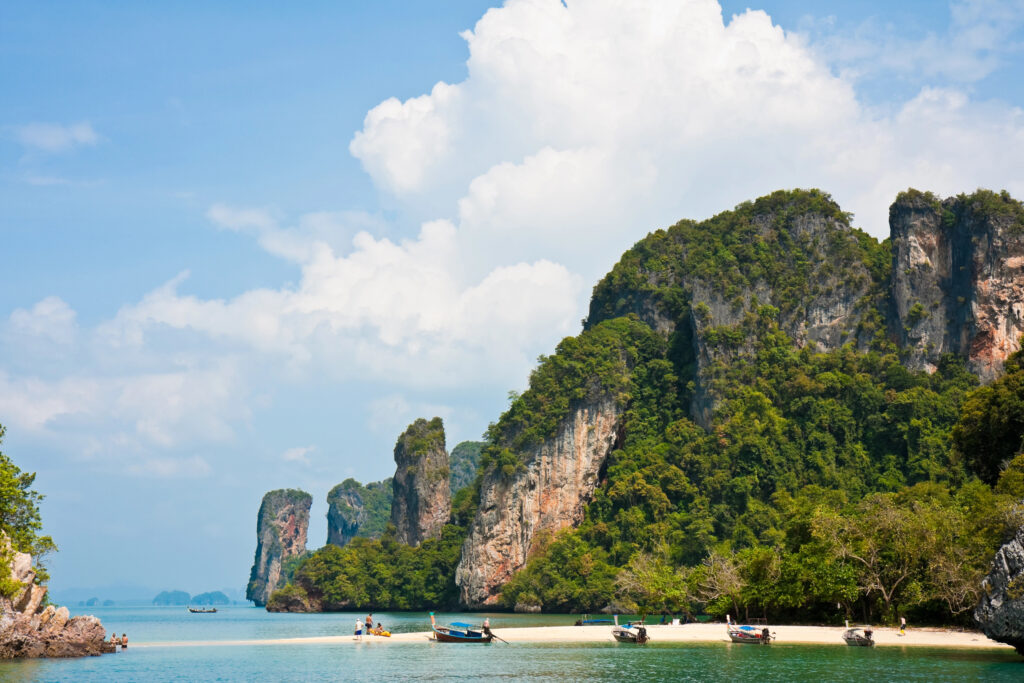
There is definitely a bit of a backpacker party scene along key stops on the Banana Pancake trail — in fact, some seem to equate the trail with partying, which is not really accurate, but places like Pai (Thailand), Vang Vieng (Laos), Siem Reap (Cambodia), or Koh Phangan (Thailand) definitely have a strong party element if you seek it. But… it’s also easily avoided if it’s not your thing.
And if you ever want to escape the tourist crowds, you don’t have to stray all that far from the typical Banana Pancake trail.
More ‘authentic’ experiences along the way can give you a real feel for Southeast Asia. For example, spending a few nights in a homestay in Laos, driving the Ha Giang Loop in Vietnam, exploring epic caves in Phong Nha, or visiting forgotten Khmer temples in Cambodia.
Exploring Indonesia (the areas outside Bali) or the Philippines will also give you a different vibe from the more thoroughly travelled Thailand. Islands like Lombok, Flores or Palawan are amazing if you want to go somewhere with a good traveller scene while also being a little more off the usual path.
The Banana Pancake route is incredible and something you must have done once in your life. It’s what originally made me addicted to travel and inspired me to travel across all the continents!
Let me help you plan your Southeast Asia trip!
Are you serious about your Asia adventure? Then I have SO much more to tell you that I simply can’t share in a single blog post.
Don’t miss my absurdly inspiring and super practical 338-page guide to backpacking: Travel the World Without Worries. I promise you’ll love this in-depth resource that will help you plan, prepare & travel with confidence.
Yes, help me do this!Where to start
Most travellers heading to explore the Banana Pancake Trail tend to start their trip in Thailand’s bustling capital city of Bangkok (and particularly around the lively and famous Khao San Road).
There are several reasons:
- Thailand is an easy and welcoming starter country
- Bangkok is amazingly well-connected internationally by air — often with affordable flights
- It’s strategically located for transportation to northern Thailand, Laos, Cambodia, and Malaysia
However, depending on the season, you may want to choose a different starting point. During Bangkok’s wetter months — typically from late July to October — you may wish to hit up other places where the rainy season (monsoon) is opposite.
For instance, you could start in Singapore, Kuala Lumpur, or Bali.
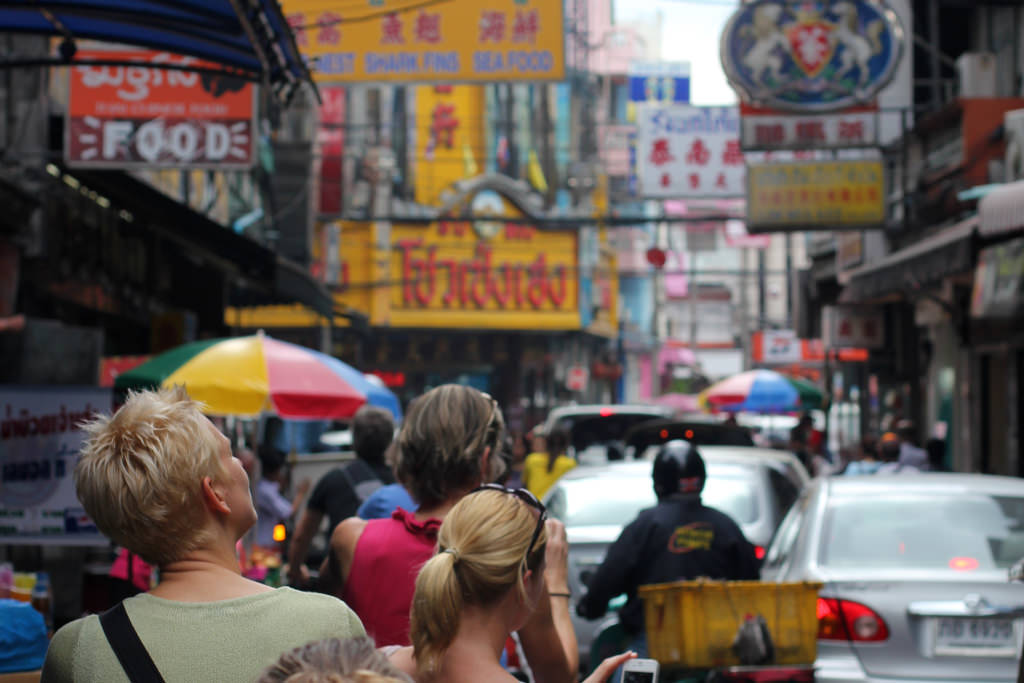
Key destinations
To help kick off your research, let me mention some of the key waypoints along the route.
These places have become real traveller hubs where people tend to stay a bit longer or where you can easily find transportation to Southeast Asia’s top sights.
We have complete guides to a lot of these places!
Thailand
- Bangkok
- Chiang Mai
- Pai
- Krabi
- The Thai Islands
Cambodia
- Siem Reap
- Koh Rong
- Phnom Penh
Vietnam
- Hanoi
- Halong Bay / Cat Ba
- Sa Pa
- Ninh Binh
- Hoi An
- Nha Trang
- Ho Chi Minh City
Laos
Philippines
- Palawan
- Siargao
- Moalboal
- Bohol
Indonesia
- Bali
- East Java
- Lombok
- Gili Islands
- Komodo Islands
Malaysia
- Kuala Lumpur
- Perhentian Islands
- Penang
- Langkawi
Keep in mind that these places may be more ‘touristy’. However they are fun and they can be excellent bases from which to explore other lesser-known places too. Whether backpacking solo or together, these well-known places will nearly guarantee you will meet other travellers.
Chiang Mai
This is often the first base that backpackers use in Thailand after Bangkok. While the capital of Thailand can be a bit of an assault on the senses, the northern city of Chiang Mai is a lot more laidback.
The city has a lot of charming and very cheap hostels and guesthouses to stay. With tons of things to do in and around Chiang Mai, it’s the city where everyone goes before exploring the north of Thailand or heading into Laos.
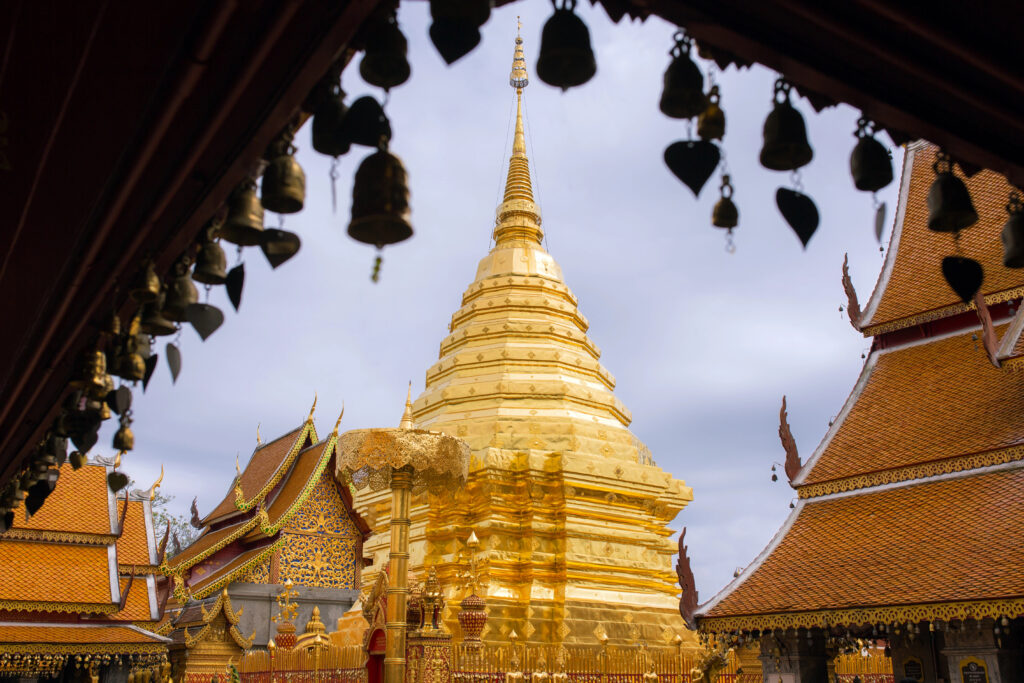
Pai
Love it or hate it — Pai is a top destination. Picky travelers will say that Pai is not “authentically” Thai, but this small laidback mountain town is undeniably a heap of fun. If you just want to relax in a bamboo bungalow by the river you can do so, or you can hang out in one of the lively backpacker hostels in town.
There are waterfalls, gorges, and hot springs to visit nearby and in town, there are both Thai and international cuisines. It’s definitely a tourist town through-and-through, so if you’re on some kind of anthropological mission to Thailand this might not be your thing, but as far as a traveller scene goes Pai has it for sure.
Vang Vieng
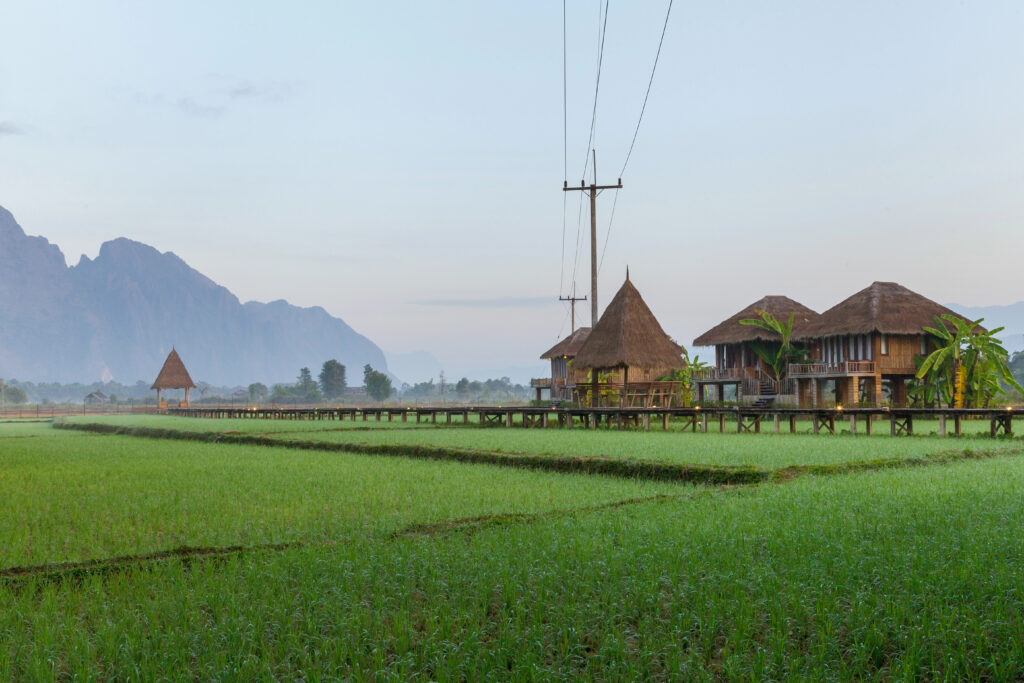
Vang Vieng, a riverside backpacker town in Laos, is a real highlight that’s stayed ever-popular with backpackers. It used to be the location of some notorious river parties back in the day, which ended circa 2012 (but ask an older backpacker and they may tell you some crazy stories).
Today, it’s a great place for adventure activities (like ziplining, tubing, and swimming in lagoons) and has some of the most beautiful mountain backdrops in Laos.
Hoi An
Hoi An is a cute historical town in Vietnam that seems to be everyone’s favorite. This is surely because of its well-preserved historical center famed for its many colorful lanterns, but maybe it also has something to do with its central location along the north-to-south backpacker trail in Vietnam, serving as a perfect pitstop between different regions of Vietnam.
Siem Reap
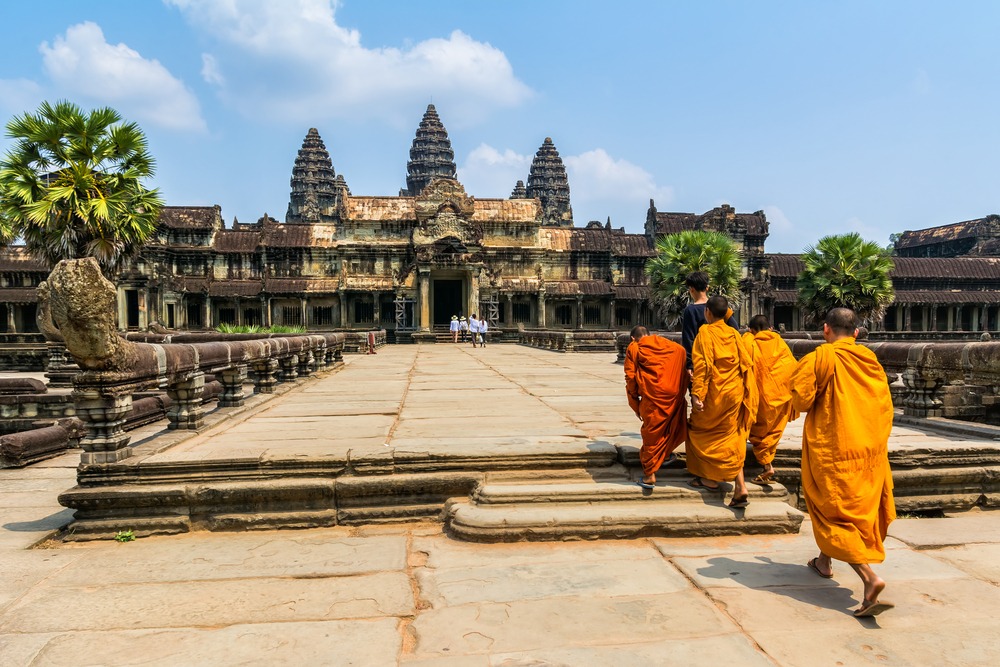
Siem Reap is Cambodia’s second-largest city and is known for the magnificent temples of Angkor, which is the biggest religious structure in the world and a spectacular destination to visit.
Besides this it’s also the epicenter of travelling in Cambodia, being a much more interesting place than the ho-hum capital, Phnom Penh (though the genocide memorials there are a must). Many hostels in Siem Reap have pools where you can cool off and there is a lively bar scene, making it a popular place to stay longer.
Koh Phangan
Koh Phangan is an idyllic island located in the Gulf of Thailand and is home to crystalline waters, white-sandy beaches, and spectacular waterfalls.
However, the island is arguably most well-known for its Full Moon Party, which is one of Thailand’s biggest events. A crazy night-long celebration tied to the lunar calendar, you will find thousands of backpackers partying the night away along the shores of Koh Phangan until the early hours of the morning.
If you’re not into the party scene, there are unspoiled beaches on Koh Phangan where you can wind down and relax.
Gili Islands
The Gili Islands near Bali have long been a favorite backpacker haunt, with each of these three islands representing a different vibe. Gili Trawangan (a.k.a. Gili T) is the most lively of the three with a different party at a different bar every other night. Gili Air is a bit more laidback and yoga-inspired, while Gili Meno has almost a deserted island feel, sometimes dubbed the honeymooners island. The scuba diving and snorkelling around the islands is superb.
There are far more remote and pristine islands to find in Indonesia if you venture further afield, but for a great selection of fun activities and trendy bars and restaurants, the Gilis are a great choice. Motorized traffic is banned on the islands, so despite a few crowds they’re usually wonderfully calm.
(Technically the term “Gili Islands” doesn’t make sense as Gili is just the local word for island, but it’s how it got to be known among tourists!)
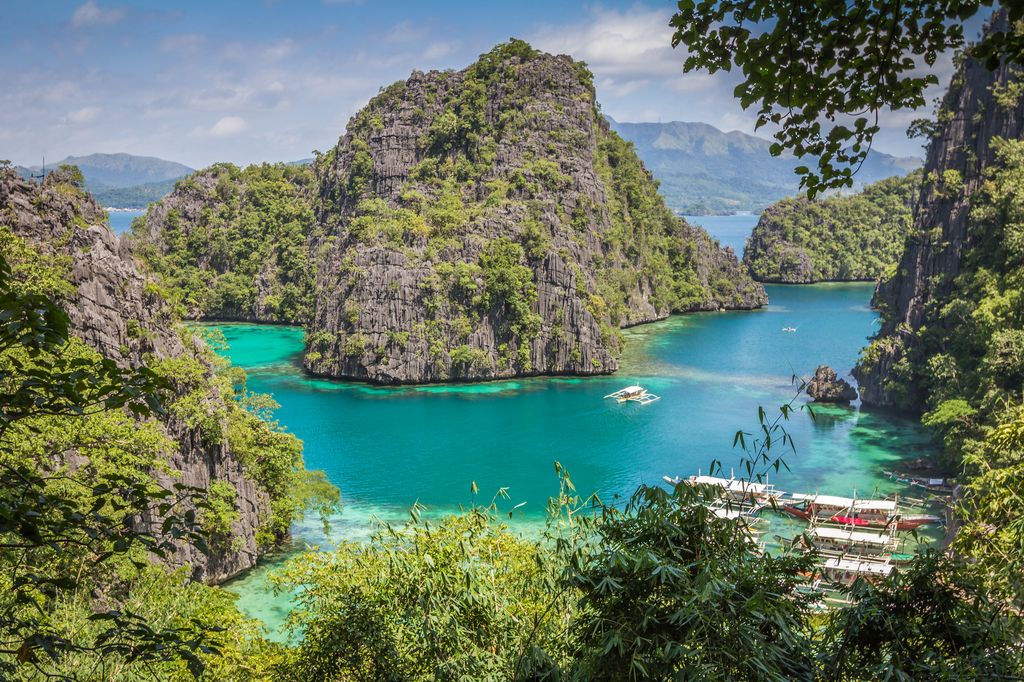
Palawan
Palawan is one of the thousands of tropical islands located in The Philippines and is known for being home to some of the best island-hopping tours in Asia.
Popular towns on the island include El Nido and Port Barton, which have a stripped-back aesthetic with bundles of gorgeous natural hotspots surrounding them. Palawan is thinly populated and for unspoiled beaches and islands this is definitely where you’ll want to go.
Mainland vs outer countries
Unless you have a huge amount of time, you’ll probably need to choose between a journey through mainlaind Southeast Asia or venturing further out.
Mainland (Thailand, Laos, Cambodia, Vietnam, and peninsular Malaysia) is ideal for inexpensive overland travel. The countries themselves are also budget-friendly and have tons of attractions. Bus and rail travel are both great options here.
Outer countries (Indonesia, The Philippines, Malaysian Borneo) often require more flying or ferries to hop between islands. Malaysia and The Philippines tend to be a bit pricier than other countries, but they’re still affordable. Rail travel is very limited, so you’ll use mostly buses.
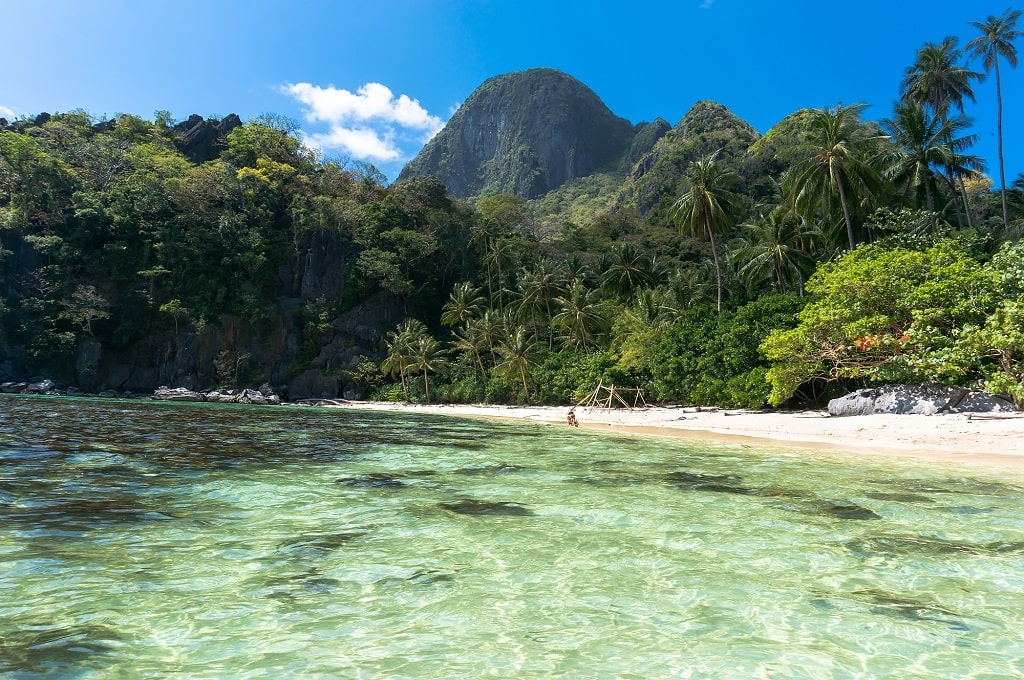
Honestly, you can’t go wrong either way.
What I like about the outer countries is that they have more off-the-beaten-path areas. If you want to go somewhere a bit different, go to the Philippines (outside of Palawan and Borocay) or hit up Indonesian islands like Sulawesi or Sumatra. These are not really on the Banana Pancake trail though, so I won’t focus on them.
A huge advantage of the mainland countries if you’re solo is that there’s a clear circuit and most people go the same way, so if you make some traveller friends you will likely keep seeing them (or can travel with them) a long way.
If you have enough time, I’d definitely recommend you try to explore both parts of Southeast Asia!
How much to budget
As like on any travel trip, people’s budgets will vary depending on how they like to travel. Along with this, not all the countries in Southeast Asia will have the same prices.
For example, the number of internal flights in the Philippines will certainly ramp up your monthly budget. Some of the more luxurious Thai Islands will have expensive room prices for sure.
However, overall, the Banana Pancake Trail is cheap by Western standards and most backpackers will only spend between $1000-$1500 per month doing it, which equates to around $30-$50 per day. This includes all transport, accommodation, food, and activities.
Particularly in Laos, Vietnam, and Cambodia, it’s easy to spend a maximum of around $1000 per month if you stay in hostel dorms and eat the local food. You can see this overview of travel costs in Southeast Asia.
Time needed
You can make your route as long or short as you’d like. The trail is just a rough guide to common backpacker routes in Southeast Asia.
However, my advice is to try and reserve at least two weeks per country (but ideally three weeks for the larger countries). This will let you enjoy a variety of places without rushing.
If you pick the four key countries of Thailand, Cambodia, Vietnam, and Laos, then I’d say two months is the perfect minimum time to explore all four countries. If you have 3 months available, even better!
Transportation methods
Thanks to well-developed tourism infrastructure, it’s incredibly easy to get around all along this route.
- Buses are typically the most affordable option. These will be either coach buses or minibuses. You can book these at local vendors or hostels. If you prefer to book online, the booking site for buses in Asia is 12Go Asia.
- Ride-hailing is ideal for short journeys. Grab is basically the Uber of Southeast Asia, letting you hail cars or motorbikes. Tuk-tuks or pick-up trucks also provide affordable local transportation.
- Trains are an excellent option in Thailand, Vietnam, Malaysia, Java in Indonesia, and between Luang Prabang and Vientiane in Laos. 12Go Asia is again your friend here for online bookings.
- Flights can sometimes help you skip ahead a bit, or reach different islands in the outer regions when you start branching out from the mainland. There are many budget carriers such as AirAsia, JetStar, Scoot, Tiger Airways, and more.
One of the major anomalies is the Thailand-to-Laos crossing, where many choose to take a two-day slow boat from the Laos border to Luang Prabang along the Mekong. This boat trip isn’t for the light-hearted (expect a lot of people crammed onto a small boat) but the scenery is gorgeous.
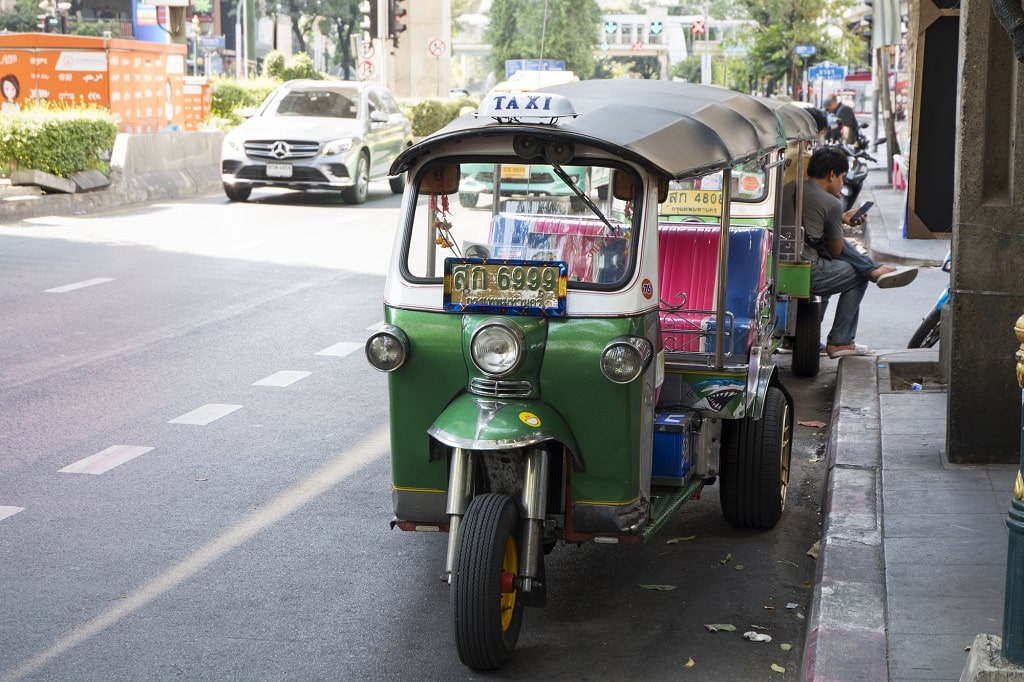
How to book and plan
One of the most common questions I get is how often you need to book things in advance to make sure you don’t miss out. Ultimately, this will depend on the season you visit, and this will vary from country to country.
Some backpackers show up in places without any reservations and just try to find something there. This can be a decent approach in the most popular places with lots of accommodation options. But if you want to stay in the best hostel or guesthouse, booking ahead is recommended.
If you’re visiting in the rainy season, you can typically get away with booking things a day in advance or even on the day. However, if you visit in the peak of the high season, then you may need to book a few days in advance or even a week in some destinations.
On average I’d recommend you book between 1-2 days before. This means you can be flexible with your travel plans but also still make sure you get to explore the best destinations.
For guesthouses and local hotels, I highly recommend using Booking.com as it has the largest selection of small-scale accommodations. There is also the Asia-specific sister site of Agoda, but I find that the prices and inventory are usually the same, except Agoda uses a lot more spammy promotions aimed at Asian travellers, so Booking is usually best.
For hostels, your one and only stop should be Hostelworld.com. If you’re not sure how hostels work or what to expect, don’t miss my guide to staying in hostels.
P.S. As a reminder I have written the ultimate guide for backpacking Southeast Asia. For the price of just one night in a Bangkok hostel, my book Travel the World Without Worries will tell you 100% everything you need to know for an unforgettable adventure. No stone is left unturned — including the gnarly personal issues of travel. I know about all those doubts and worries before a big trip and created my book to tackle them all!
Get first chapter for free

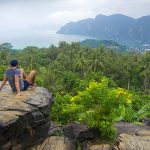
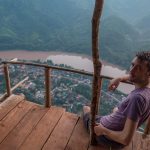
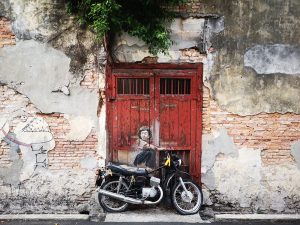
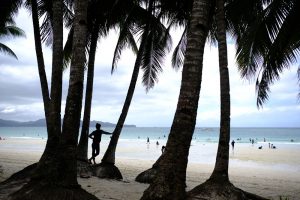


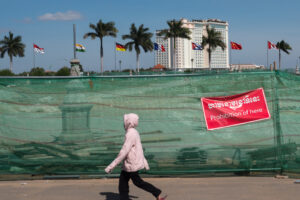


All comments are moderated before they appear.